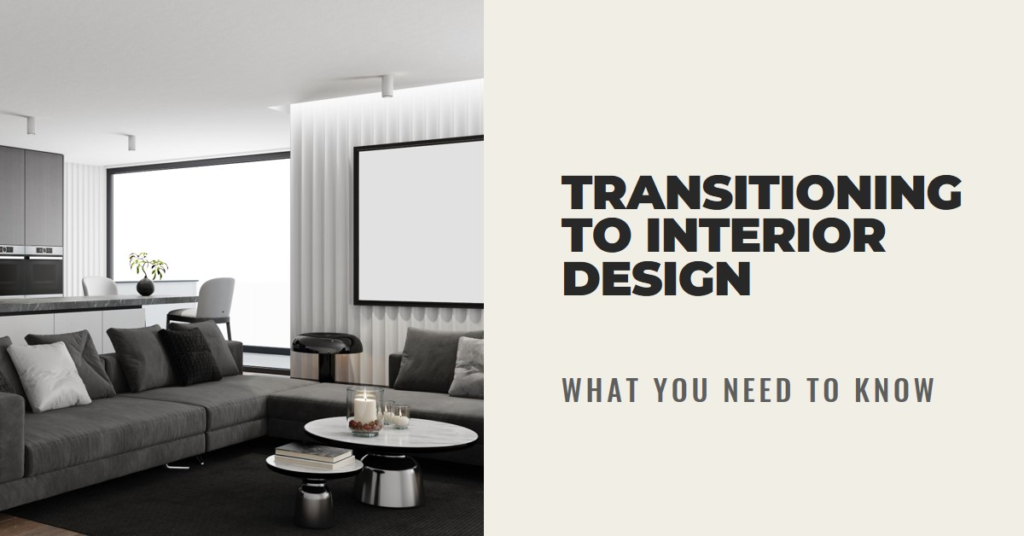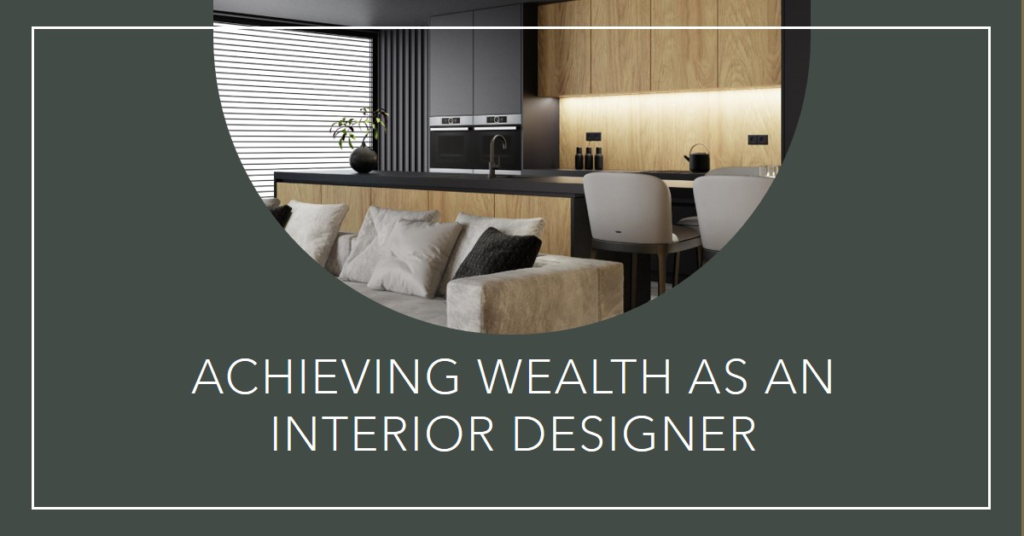
Table of Contents
- Introduction:
- Understanding Your Market: Research and Insights
- Building a Strong Brand Identity:
- Leveraging Technology: CAD and Beyond
- Client-Centric Approach: Communication and Customization
- Sustainability: The Green Advantage
- Marketing Mastery: Digital and Traditional
- Networking and Collaboration:
- Continuous Learning: Education and Training
- Client Feedback and Continuous Improvement
- Conclusion: Crafting a Path to Success
Introduction:
In the world of exterior design, blending creativity with strategic business acumen is essential for success. This industry demands not only a keen eye for aesthetics but also the ability to navigate market trends, client expectations, and technological advancements. Whether you’re a seasoned professional or just starting out, having a robust set of strategies can set your business apart. This blog post will delve into effective strategies for exterior design businesses, ensuring you stay ahead of the curve.
Understanding Your Market: Research and Insights
A successful exterior design business begins with a thorough understanding of the market. Conducting comprehensive market research is crucial. This involves analyzing current trends, understanding your target demographic, and keeping an eye on what your competitors are doing.
Start by identifying your ideal clients. Are they homeowners looking for curb appeal, commercial property owners needing a facelift, or real estate developers wanting to enhance their project’s value? Knowing your audience allows you to tailor your services and marketing efforts effectively. Furthermore, staying updated with industry trends through publications, conferences, and online forums helps you anticipate changes and adjust your offerings accordingly.
Building a Strong Brand Identity:
Your brand is your business’s personality. It represents your values, your style, and your promise to clients. Developing a strong brand identity is essential for standing out in a crowded market. Your brand should convey professionalism, creativity, and reliability.
Start with a memorable logo and a cohesive color scheme that reflects your design philosophy. Your website should be an extension of your brand, showcasing your portfolio, services, and client testimonials in a visually appealing manner. Consistency across all touchpoints—from your social media profiles to your business cards—reinforces your brand identity and builds trust with potential clients.
Leveraging Technology: CAD and Beyond
Incorporating the latest technology into your workflow can significantly enhance your efficiency and the quality of your designs. Computer-Aided Design (CAD) software is a staple in the industry, allowing for precise and detailed planning.
Beyond CAD, explore other technological advancements such as Building Information Modeling (BIM), virtual reality (VR), and augmented reality (AR). These tools can provide clients with immersive visualizations of their projects, making it easier for them to understand your vision and make informed decisions. Staying abreast of technological developments not only improves your design capabilities but also positions your business as a forward-thinking leader in the industry.
Client-Centric Approach: Communication and Customization
The success of an exterior design project often hinges on the relationship between the designer and the client. Adopting a client-centric approach ensures that you meet, and often exceed, client expectations.
Clear and consistent communication is key. From the initial consultation to the final walkthrough, keep your clients informed and involved in the process. Understand their needs, preferences, and budget constraints, and tailor your designs accordingly. Providing customized solutions not only satisfies clients but also builds a reputation for being attentive and flexible, which can lead to repeat business and referrals.
Sustainability: The Green Advantage
Sustainability is no longer a niche; it’s a mainstream demand. Incorporating sustainable practices into your exterior design projects can differentiate your business and appeal to eco-conscious clients.
Consider using environmentally friendly materials, integrating native landscaping, and designing for energy efficiency. Educate your clients on the long-term benefits of sustainable designs, such as lower maintenance costs and reduced environmental impact. Positioning your business as a leader in green design can attract a broader client base and enhance your brand’s reputation.
Marketing Mastery: Digital and Traditional
Effective marketing is crucial for the growth of your exterior design business. A balanced approach that combines digital and traditional marketing strategies can help you reach a wider audience.
In the digital realm, focus on search engine optimization (SEO) to improve your website’s visibility. Regularly update your blog with relevant content, use social media to showcase your projects, and consider email marketing to stay in touch with past and potential clients. Traditional methods, such as networking events, print advertising, and direct mail campaigns, also have their place. Building relationships with local businesses and participating in community events can enhance your local presence and generate leads.


Networking and Collaboration:
Networking is an invaluable tool for growing your business. Building relationships with other professionals in the industry can lead to new opportunities and collaborations.
Join professional associations, attend industry events, and engage in online forums. Collaborate with architects, landscapers, and builders to offer comprehensive solutions to clients. These partnerships can enhance your service offerings and open doors to larger projects. Additionally, word-of-mouth referrals from trusted colleagues can be a powerful source of new business.
Continuous Learning: Education and Training
The exterior design industry is constantly evolving, making continuous learning essential. Staying updated with the latest techniques, materials, and trends ensures that your skills remain sharp and relevant.
Invest in professional development through workshops, courses, and certifications. Encourage your team to do the same. Being well-versed in the latest industry standards not only improves your design capabilities but also demonstrates your commitment to excellence to your clients. A culture of continuous learning fosters innovation and keeps your business competitive.
Client Feedback and Continuous Improvement
Finally, seeking client feedback and striving for continuous improvement is crucial for long-term success. After completing a project, solicit feedback to understand what went well and where there’s room for improvement.
Use this feedback to refine your processes, enhance your client interactions, and improve your designs. A willingness to listen and adapt not only strengthens client relationships but also fosters a culture of excellence within your business. Celebrate your successes and learn from your challenges to continually elevate the quality of your work.
Conclusion: Crafting a Path to Success
Building a successful exterior design business requires a blend of creative vision, strategic planning, and continuous adaptation. By understanding your market, developing a strong brand, leveraging technology, and maintaining a client-centric approach, you can set your business apart. Incorporating sustainability, mastering marketing, networking, and committing to continuous learning will further solidify your position in the industry. Finally, embracing client feedback and striving for improvement will ensure your business remains dynamic and resilient. With these strategies, your exterior design business can thrive and grow, creating beautiful, functional, and sustainable spaces that delight your clients.


